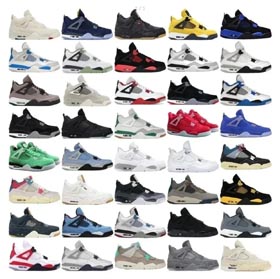In the 21st century, a new landscape of commerce is rapidly emerging, fundamentally altering how goods and services move across the globe. This transformation is not powered by physical roads or maritime routes alone but by digital pathways that connect buyers and sellers from every corner of the world.
The Engine of Modern Commerce
Online marketplaces and independent storefronts have become the central hubs of this new economy. They provide a platform where even the smallest artisan can reach a global customer base, a feat that was unimaginable just two decades ago. This shift has democratized access to international markets, breaking down traditional barriers to entry.

Logistics and Fulfillment: The Backbone of the Operation
The seamless experience of clicking "buy now" and receiving a package relies on a complex, behind-the-scenes network. Advances in supply chain management, warehousing, and last-mile delivery have been crucial. Innovations like AI-driven inventory prediction and automated fulfillment centers ensure efficiency and speed, making next-day or even same-day delivery a standard expectation for many consumers.
Technological Innovations Driving Growth
Several key technologies act as catalysts for this sector's expansion. Secure payment gateways build trust, allowing for the safe transfer of funds across borders. Mobile technology has been particularly transformative, enabling commerce directly from smartphones and opening up new markets where mobile is the primary, or only, means of internet access.
"We are witnessing the first truly global retail revolution. It's not about building more stores; it's about building better connections." - Dr. Elena Vance, Economist
Overcoming Cross-Border Challenges
Despite its promise, international online trade is not without hurdles. Businesses must navigate a maze of different regulations, customs duties, and varying tax laws. Furthermore, building trust with consumers in a new region requires understanding local cultures, preferences, and providing customer service in multiple languages.
The Future is Adaptive and Global
The future trajectory of digital commerce points towards even greater personalization and integration. Emerging technologies like augmented reality (AR) for product visualization and blockchain for enhanced supply chain transparency are poised to create more immersive and trustworthy shopping experiences. The businesses that will thrive are those that can adapt to local nuances while operating on a global scale.
In conclusion, the structure of world trade is being rewired. The flow of products is increasingly managed through data streams and digital storefronts, creating a more interconnected and accessible global marketplace for everyone involved.




















